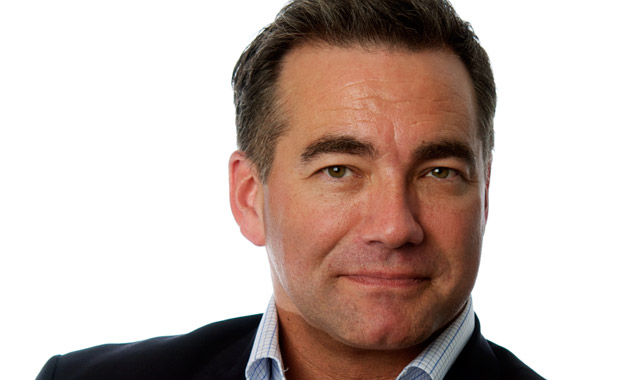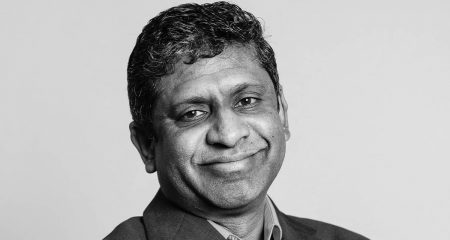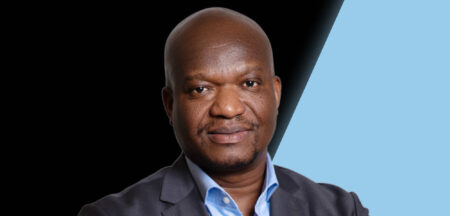
South Africa is not facing challenges when it comes to international connectivity landing on its shores, says Seacom CEO Byron Clatterbuck.
In the past six years, South Africa has been connected to numerous undersea broadband cables that have brought much-needed bandwidth to the country.
Prior to 2009, South Africa’s only primary undersea connection was Sat-3/Safe. But since then, the country has been connected to Seacom, Eassy and Wacs.
Seacom was the first to launch a subsea broadband cable along Africa’s eastern coastline in 2009.
“Certainly, the challenge is not on the international side and that’s what we’ve seen,” Clatterbuck said.
“We’ve unleashed the international side. We have terabits of capability sitting there in our [point of presence] in Teraco.
“You need to be able to take that over to the customer,” he said, referring to the need to have sufficient last-mile, or terrestrial fibre networks, across South Africa.
Earlier this year, MTN said it intended to connect South Africa to the Ace cable, which already connects to West African countries such as Nigeria.
Clatterbuck said the possible arrival of Ace along South Africa’s shores would provide more wholesale options but that it was unlikely to have an impact on the local enterprise market.
“Basically, every carrier wants to build the most resilience that they can at the lowest cost that they can,” Clatterbuck said.
“Adding another cable from a wholesale perspective means that you have more choice, which is a good thing. Probably it will have a price impact on the wholesale marketplace. At the enterprise level, it won’t really impact,” he said.
Beyond the Ace cable, though, Clatterbuck said another cable connecting into South Africa may only be needed for a specific purpose.
For example, the 4 600km Hibernia transatlantic cable, which connects New York to London, is the first of its kind to be built in over a decade.
The cable is intended to shave off milliseconds in latency and will be sold as a service to bankers and traders in the world’s two premier financial hubs. “I don’t think that could happen in Africa,” Clatterbuck said.
“If you add another cable there, how much value will you add? If you have four, is that enough? Five, six? And they’re largely routed the same way — is that really value-add?” — Fin24




